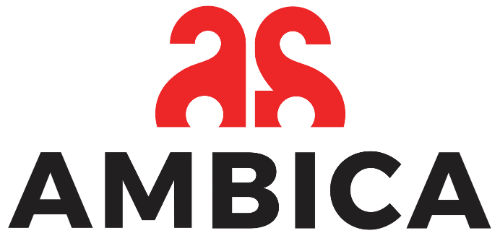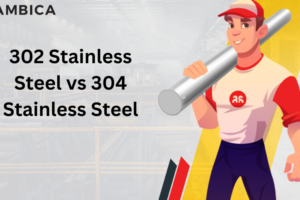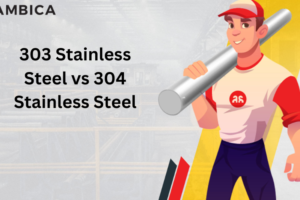The austenitic stainless steel family consists of numerous specialized and general grades. The forming and drawing ability of stainless steel is praiseworthy. The designers and manufacturers appreciate the need for the best alloy in applications.
Difference between grades 301 and 304
Grade 301 and 304 are austenitic stainless steel with almost the same chemical makeup, but with down-up concentrations of chromium, nickel, and carbon. Grade 301 is a cost-effective substitute with compromise performance. On the other hand, grade 304 is the quintessential alloy of the stainless steel industry. Both grades offer their umbrellas of benefits and applications and can be differentiated.
Grade 301 offers greater formability and drawing, due to high carbon and low nickel. The low content amalgamations make it less expensive with confronted corrosion resistance abilities.
Chemical composition
The alloy contents of chromium and nickel are close in grades 301 and 304. But these minuscule percentages impact performance in long use. For 304 stainless steel, carbon concentration is half of grade 301. Grade 304 has more amalgamation content than grade 304, so does the pricing.
| Grade | Carbon
(max)% |
Manganese
(max)% |
Silicon
(max)% |
Phosphorus
(max)% |
Sulfur
(max)% |
Chromium
(max)% |
Nickel
(max)% |
Nitrogen
(max)% |
| 304 | 0.08 | 2.0 | 0.75 | 0.045 | 0.030 | 18-20 | 8-10 | 0.10 |
| 301 | 0.15 | 2.0 | 0.75 | 0.045 | 0.030 | 16-18% | 6-8 | 0.10 |
Corrosion resistance
Austenitic grades proffer superlative corrosion resistance properties. In comparison, Grade 301 has low chromium and nickel content. In close monitoring, both grades perform similarly in mild corrosion circumstances. But in aggravated conditions like high-temperature grade 304 has better performance than grade 301.
For, grade 310, high carbon content forms carbon carbides during welding, which caused chromium depletion from the surface. It makes it more prone to inter-granular corrosion.
Tensile strength
Due to high carbon content, grade 301 offers considerable tensile strength than grade 304.
Cost
Grade 304 is quite more expensive than grade 301. The higher concentration of chromium and nickel makes it pricey. Nickel is a commodity with a volatile price.
Applications
Grade 301 is majorly used in the production of kitchen equipment, trailers, springs, railways, automobiles, wheel covers, etc.
Grade 304 is used in food processing industries, kitchen appliances, architectural paneling, chemical containers, heat-exchangers, water filtration systems, etc.
Which is better? Grade 301 or 304?
In the first instance, grade 304 seems to be expensive. But long term usability with fewer maintenance issues can justify its relativity with another grade. That doesn’t mean grade 301 is not an asset. Grade 301 is an instant choice where the cost of the project is a major focus. Its applications can be installed in numerous indoor places.
Grade 304 is an ideal choice for high-temperature exposed applications and aggressive corrosive mediums.



